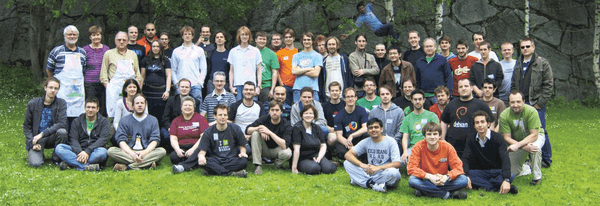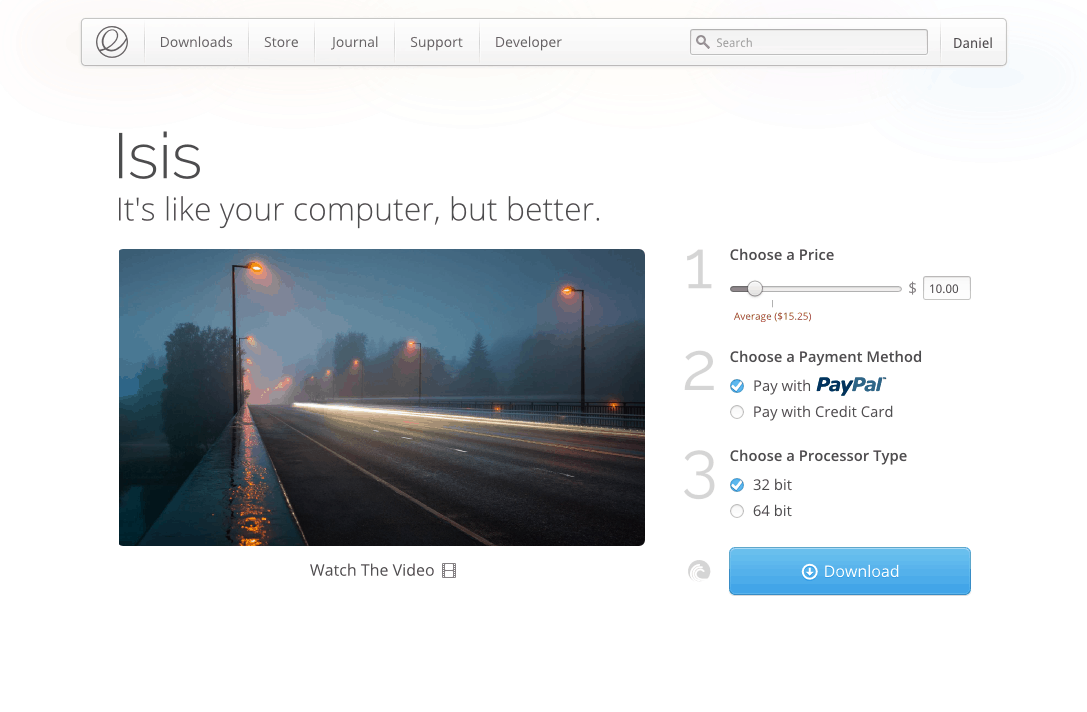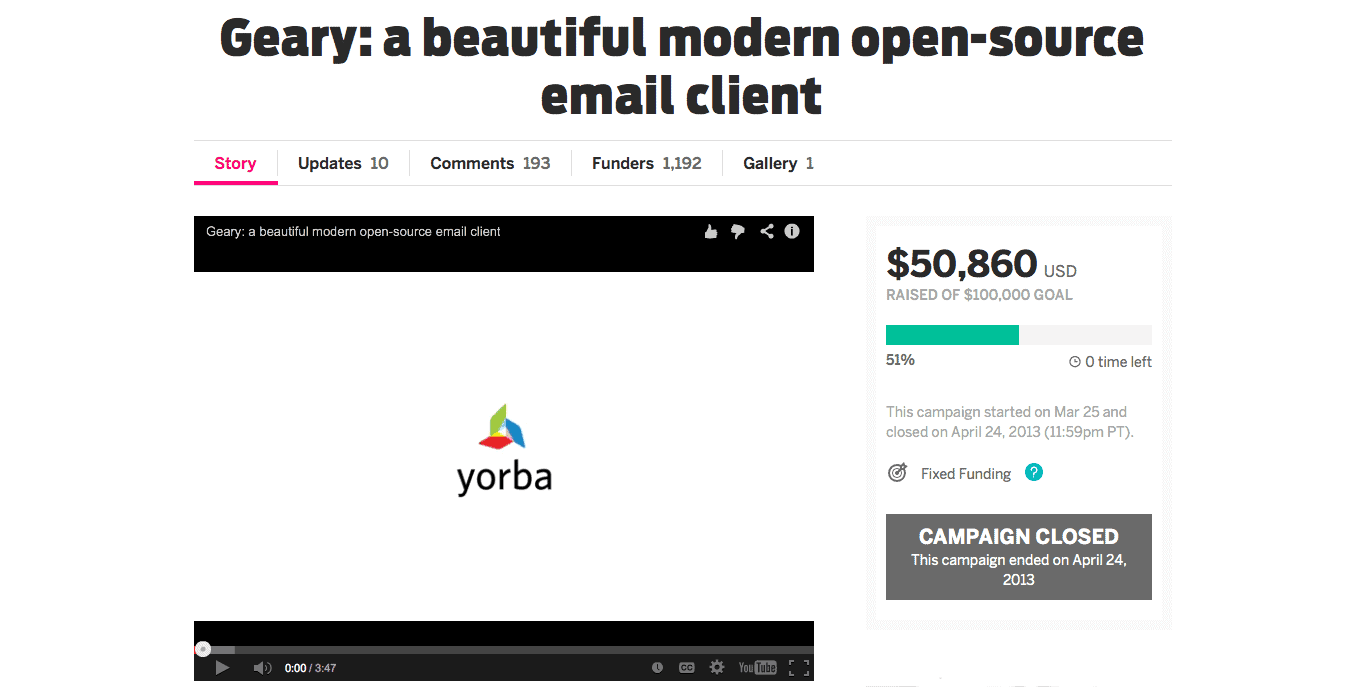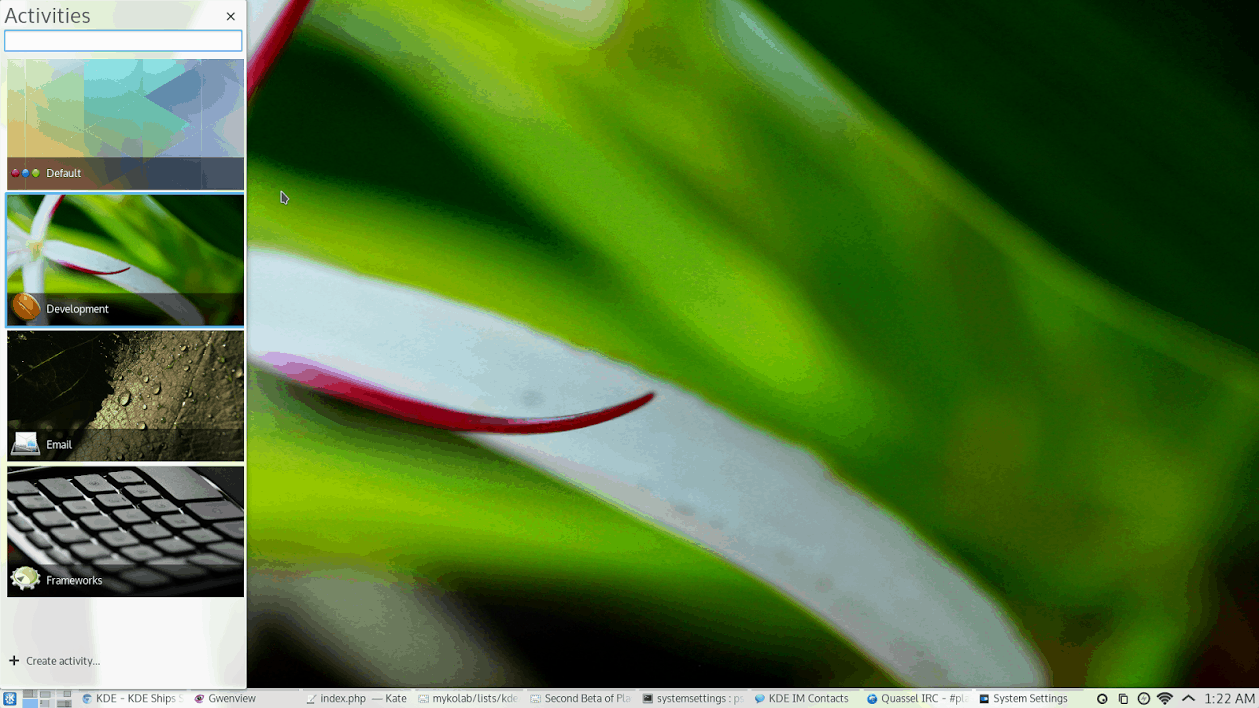“Won’t Freya be free?” – The cost of software

One of the most original distributions out there is Elementary OS. The first version was hyped quite a lot, it wasn’t perceived by many as yet another distribution, they were in a mission to create a new desktop environment built on top of many of GNOME 3’s technologies. Elementary OS is perceived more along the lines of the likes of Linux Mint, Netrunner and Deepin. In fact, all four were featured in a recent article on OMG Ubuntu entitled Better than the real deal? 5 popular Ubuntu based distros.
Yet the developers of Elementary OS found themselves in quite a bit of controversy because of a single mockup:
What was exactly controversial about it? Many viewers interpreted as the next version of Elementary OS no longer being free as in beer. Later it was clarified by the developers that users would be able to set the slider to zero and download Freya (formerly ‘Isis’ as in the screenshot, the name was changed out of respect for the situation in the Middle East) without paying. However, before this clarification, many commenter were very harsh, accusing the developers of being greedy. As a response, the first comments by developers were also harsh accusing many members of free software community of suffering from a high sense of entitlement and making an analogy that included the Starbucks Coffee Company.
“I don’t think we need to explain why we want money or where it goes any more than Starbucks does. If you have a problem with people getting paid for their work, that’s your problem. Most people are okay with it.”
Many members of the community didn’t react well to this sort of comment either. A bit expected, given the harsh tone and the embracing of opaqueness. The comments on deviant-art are now gone, but is worth analysing this and see what can we learn from the experience.
Let’s get real
While it’s true that de jure the definition of free software doesn’t ban you from selling it, de facto it does. It doesn’t say you can’t charge for it, but once you’ve distributed to anybody that person has the right to redistribute it at no cost (or any cost), therefore, nothing can stop a person from setting up a torrent and sharing it. And that’s the point! There’s nothing wrong with that.
However, in essence it means you can’t sell free software, you can ask for donations tough. But donations are not a way to maintain a for-profit company (as is this case with the developers behind Elementary), nor is a solution to pretend that your paying for the product, that they just offer you the option of paying zero for it. Most free software developers, including those from Elementary I’m sure, are aware of this, that’s why we need to try new things and come up with new ideas to fund free software.
“Greediness”
Another problem is people are not exposed to the costs of developing software. Development of proprietary software is usually very opaque and the cost of development almost never reaches the ears of users. Development of free software is done mostly by volunteers or developers sponsored by companies (think of Blue Systems) or a multitude of companies through a foundation (think of the Linux Foundation), the monetary cost of either of them isn’t usually public.
So when a company like Yorba asks for a mere $100,000 to develop a new email client it shouldn’t come as a surprise that so many members of the community think that’s an absurd amount of money to ask for. However let’s think about it for a second: If you pay your full time developers $1,000 per month (and amount that would be illegal in many places of this planet, including the United States), and you have 10 full time developers, then $100,000 are not even a year of salaries.
Now consider that the yearly median wage of a software developer in the United States is a bit over $90,000 and you suddenly realize that $100,000 are barely enough to hire a single developer, the bottom 10% of them earned an average of around $50,000, so at most you could hire two software developers in America.
How expensive is developing something like Elementary?
Let’s assume Elementary OS is developed by ten full time workers who earn what the bottom 10% of software developers do in America. Elementary has been around for three years and development started before it was released, so let’s assume it has been in development for 4 years. Then the total cost of developing elementary up to its current state would be around $2,000,000.
That also puts in perspective the cost of developing Geary, if you think Yorba was asking for money to fund the full cost of development you were wrong, to remark this even further, the estimated cost of developing Thunderbird based on the lines of code is about $13,000,000. Using the same technique to estimate the cost of Elementary, it comes to almost $2,900,000. I.e. it’s very expensive.
So no, those $100,000 Yorba was asking for were not even close to funding the development of even a relatively small application such as Geary. Imagine how much the distributions and the software you know and love costs to develop. Can you imagine the cost of something like Linux? Recall how IBM alone will be investing 1 billion dollars in the next five years!
Let’s show them some love!
We need to raise awareness of this, the community of developers and users of free software shouldn’t be so disconnected from each other. I’m sure knowing the actual cost of the amazing stuff they like, whether that’s Linux, KDE, GNOME, Firefox, or any other piece of free software, would make users appreciate the work of developers more not less. They absolutely deserve it.




Any system that consumes resources needs to replace those resources. Including software development efforts. Many FOSS enthusiasts seem to be very naive about that, perhaps deliberately so.
Elementary’s donation request display mirrored an early one from Ubuntu, which also spurred a lot of hot air and complaining.
When RMS and other were inventing free software, they weren’t especially interested in the selling versus not selling issue. Today, it seems most FOSS users think “free” means nothing but “no cost”.
This is probably the most important issue facing FOSS, especially Linux on the desktop. Talent, especially design talent, is hard to come by. People who have talent need to pay their bills, too.